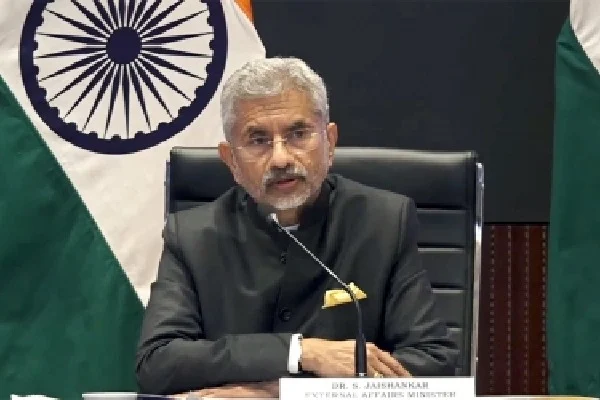China demonstrated its military prowess in the South China Sea with live-fire drills showcasing fighter jets firing missiles, as rival military exercises unfolded concurrently with the United States and the Philippines in the contested waters. The drills come in the wake of recent tense standoffs between Beijing and Manila, marked by collisions between vessels and water cannon confrontations in disputed reefs.
State broadcaster CCTV and the Chinese military released footage of what they described as “live-fire drills” taking place over the South China Sea. One video, shared by the Chinese military’s Southern Theatre Command, depicted jets taking off and launching missiles that struck designated targets. The exact timing of the footage was not disclosed, with only the assurance that it occurred recently.
The display followed China’s announcement of deploying its navy and air force in the South China Sea on Wednesday and Thursday. Concurrently, the United States and the Philippines conducted a two-day exercise in the disputed waters, featuring an aircraft carrier strike group led by the USS Carl Vinson.
The Armed Forces of the Philippines Public Affairs Chief, Xerxes Trinidad, confirmed that their exercises took place between the Recto Bank and Scarborough Shoal, locations of recent clashes with China. The US emphasized that these drills aimed to enhance coordination on maritime domain awareness and shared security interests.
China condemned the US-Philippines exercises as “provocative military activities,” accusing them of flaunting military might. Wang Wenbin, the foreign ministry spokesman, stated that these actions were detrimental to managing maritime situations and related disputes. He urged relevant countries to cease irresponsible actions and respect regional efforts to maintain peace and stability in the South China Sea, pledging that China would continue safeguarding its territorial sovereignty.
China claims almost the entire South China Sea, dismissing an international tribunal ruling that deemed its assertions without legal basis. The country deploys patrols and has militarized artificial islands to reinforce its claims in the region. Military exercises in the South China Sea are not uncommon, with China’s navy conducting routine drills, but public announcements of such exercises are rare.
Experts suggest that China aims to establish the South China Sea as a strategically vital and Chinese-controlled waterway. Michael Raska, an assistant professor and military expert, notes that the region is becoming a key defensive zone for China. The public announcement of these exercises is seen as an unusual move, highlighting China’s intent to project its presence in the contested waters.
Amid rising tensions, China has placed blame on the Philippines for the recent escalation, accusing Manila of reneging on its words, changing policies, infringing on China’s sovereignty, and repeatedly provoking complex situations. The Chinese foreign ministry has warned of resolute measures against any violation of its sovereignty and provocations, emphasizing the firm defense of territorial sovereignty and maritime rights.
The ongoing maritime tensions in the South China Sea underscore the geopolitical complexities and power dynamics at play in the region. The synchronized military exercises by China, the United States, and the Philippines contribute to the evolving narrative of strategic maneuvering, emphasizing the significance of maritime security in this hotly contested area.














